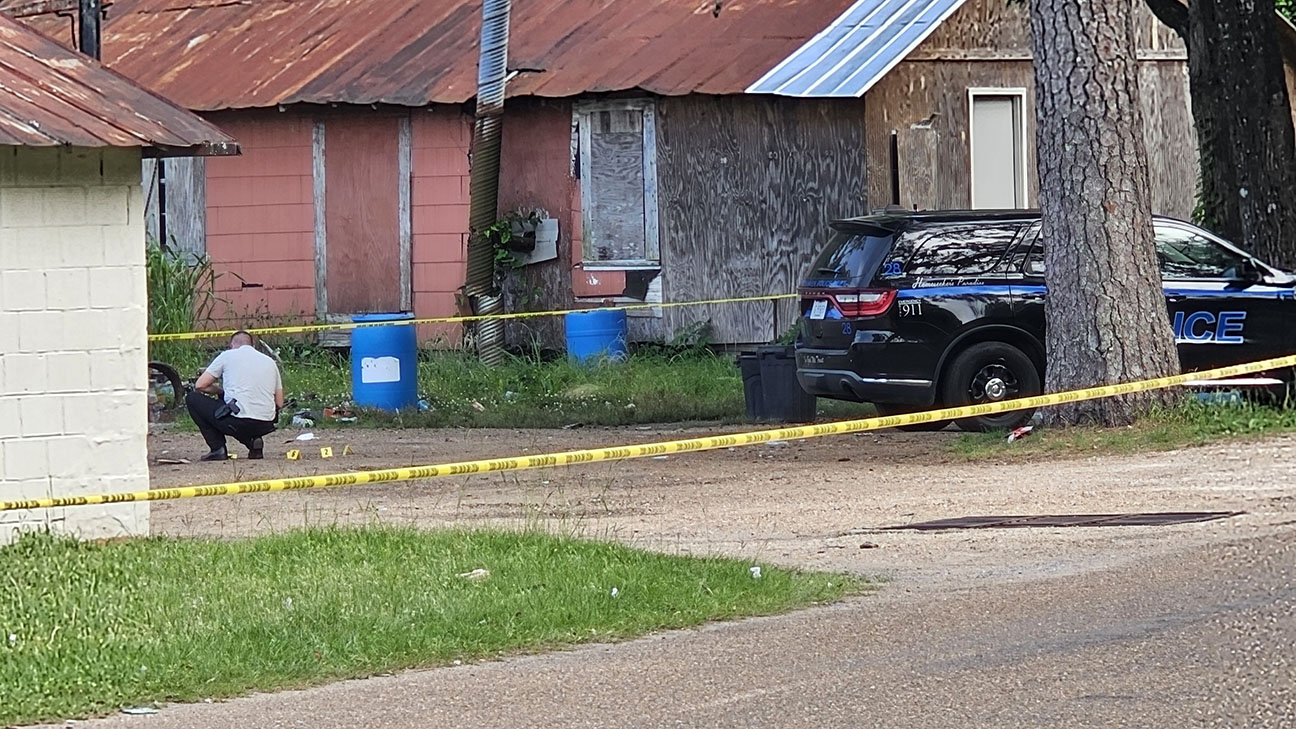White Cemetery Iris
Published 5:52 pm Saturday, March 19, 2016
This is a good time to look for one of our more prevalent heirloom iris – a tough survivor known as the ‘White Cemetery Iris,’ or Iris albicans. It’s a plant that has had a long journey – first used in North Africa as a decoration on gravesites, from there to Spain, and finally to the New World.
White Cemetery Iris is a species cross that is unable to make seed on its own. Instead, it is spread by being passed from hand to hand. You will often see it blooming where a house once stood, and it’s able to survive unaided in pastures along the roadside. The flash of blue-tinged white blooms give the plants location away in the spring.
Although the recommended time for digging and relocating bearded iris is during the dry time of late summer, white Cemetery Iris recover well if dug during flowering. Trim off older portions of the rhizomes and cut the leaves back to 1/3 their length. Iris should be planted with the tops of the rhizomes almost out on the surface of the ground. They do not need coddling with extra water and fertilizer once established.
An often-repeated gardeners’ tale about White Cemetery Iris is that they “take over” patches of purple iris until very quickly the purple blooms are gone for good. Even though this should not happen if iris don’t set seed, there are plenty of people who swear they have seen individual plants which began with purple flowers, then purple and white, until finally only white remained.
Rebecca Bates is director of the Lincoln County Cooperative Extension Service. To contact her, call 601-835-3460.





